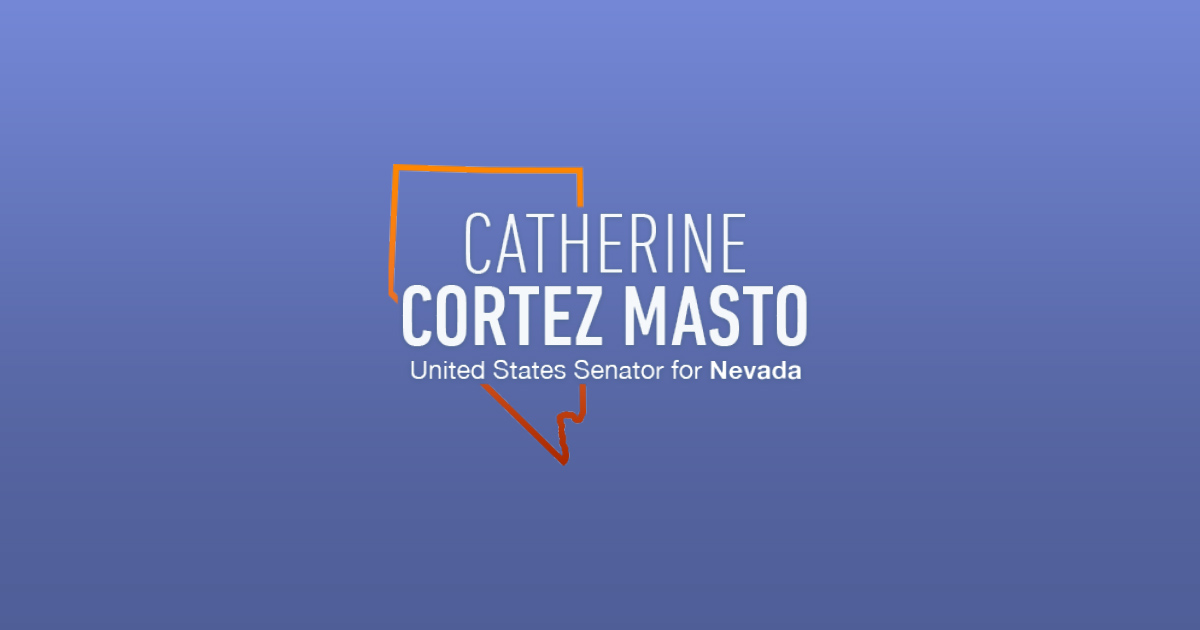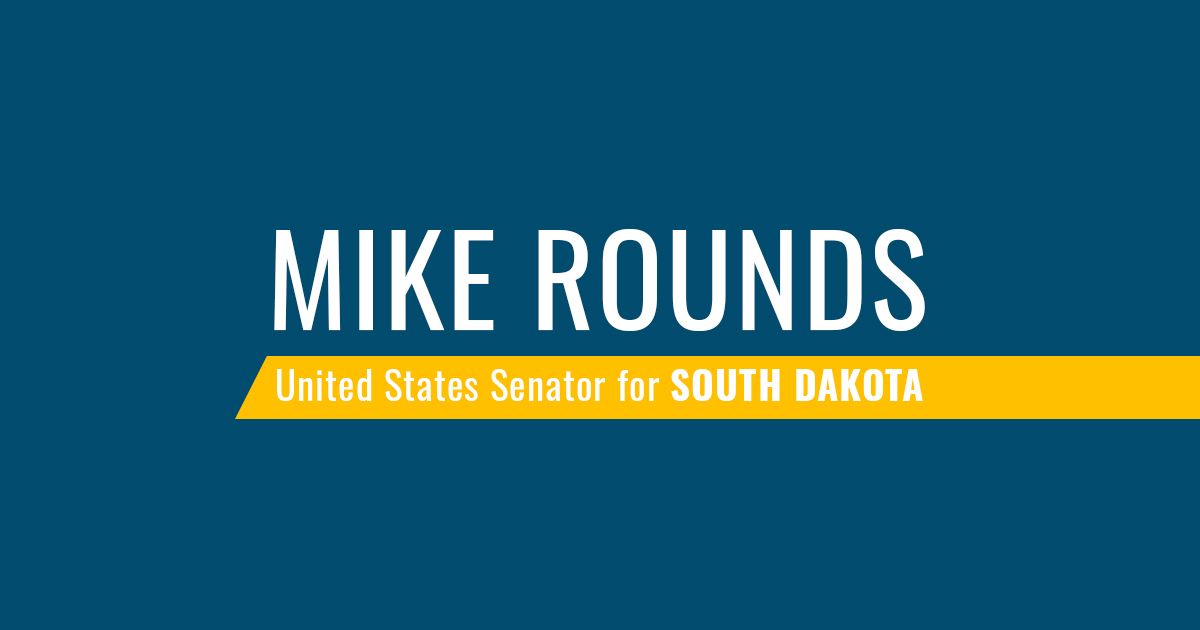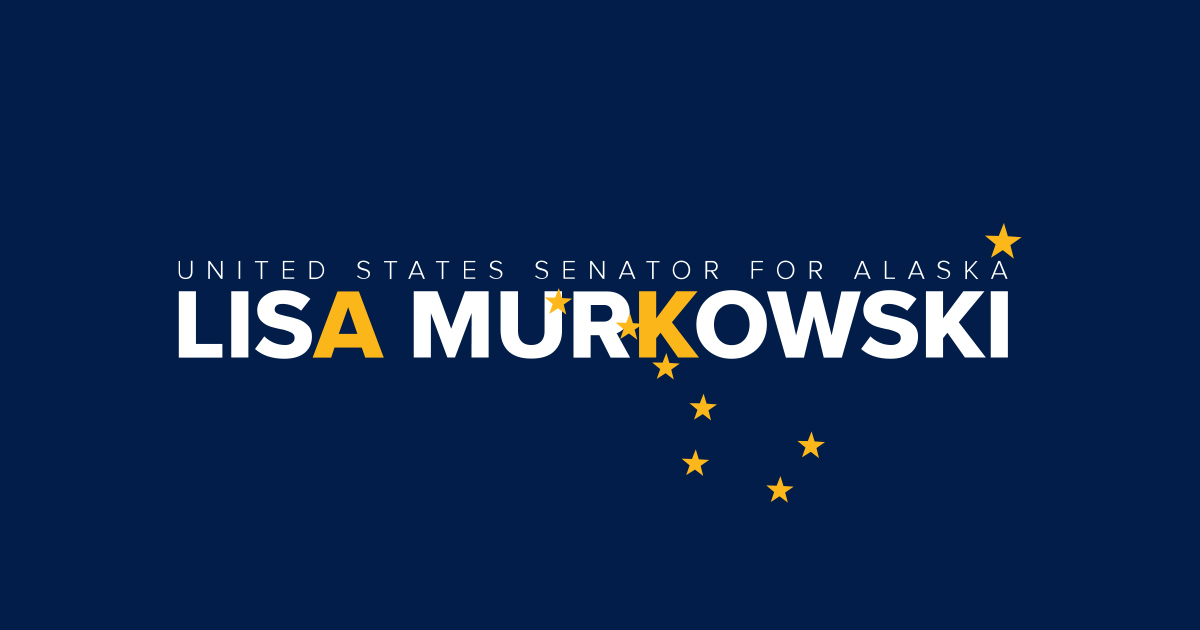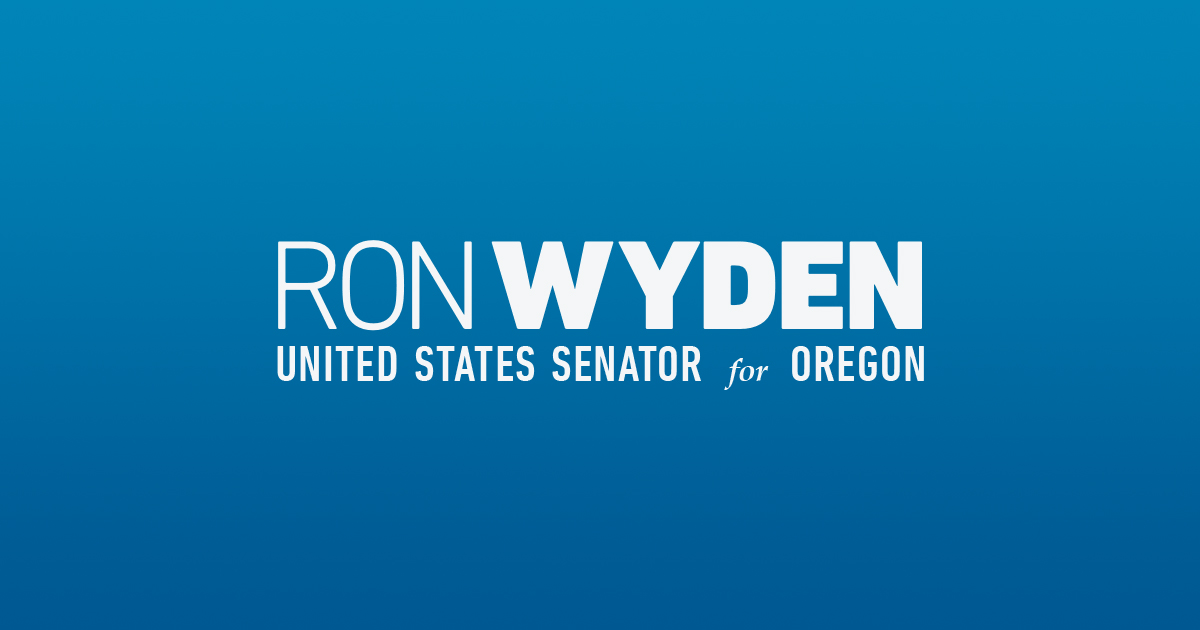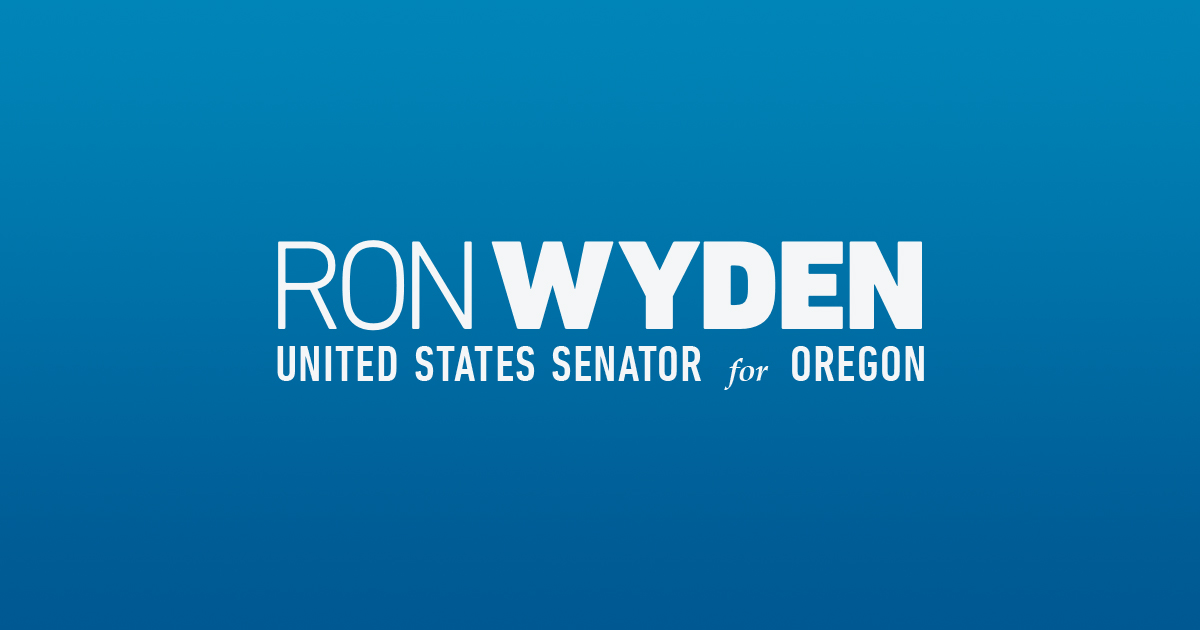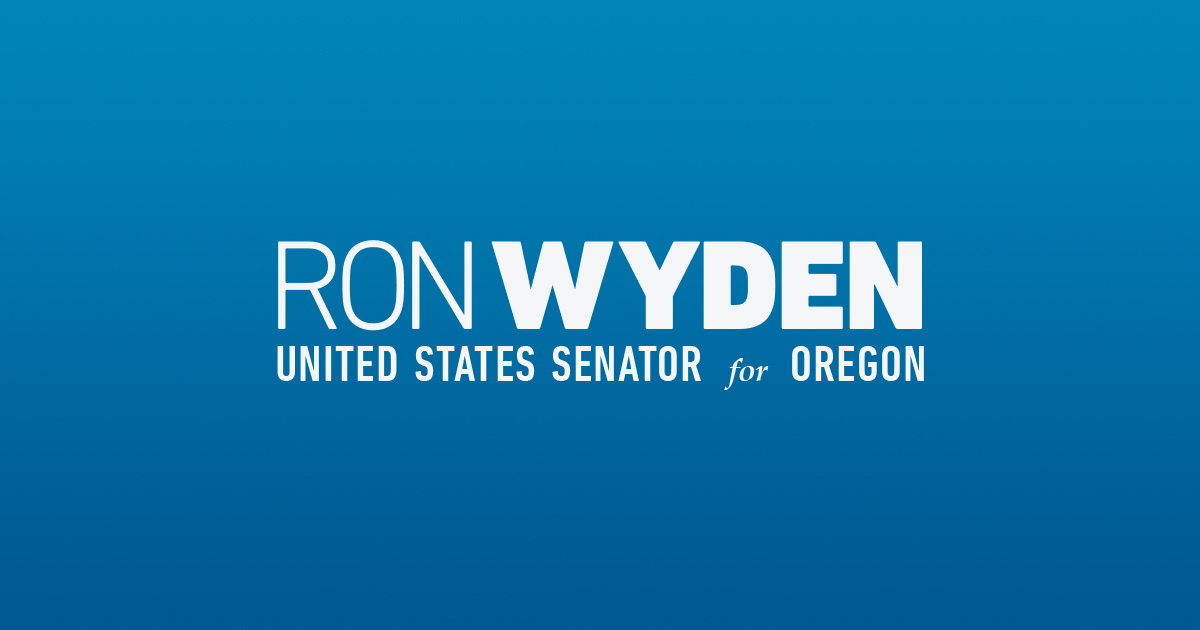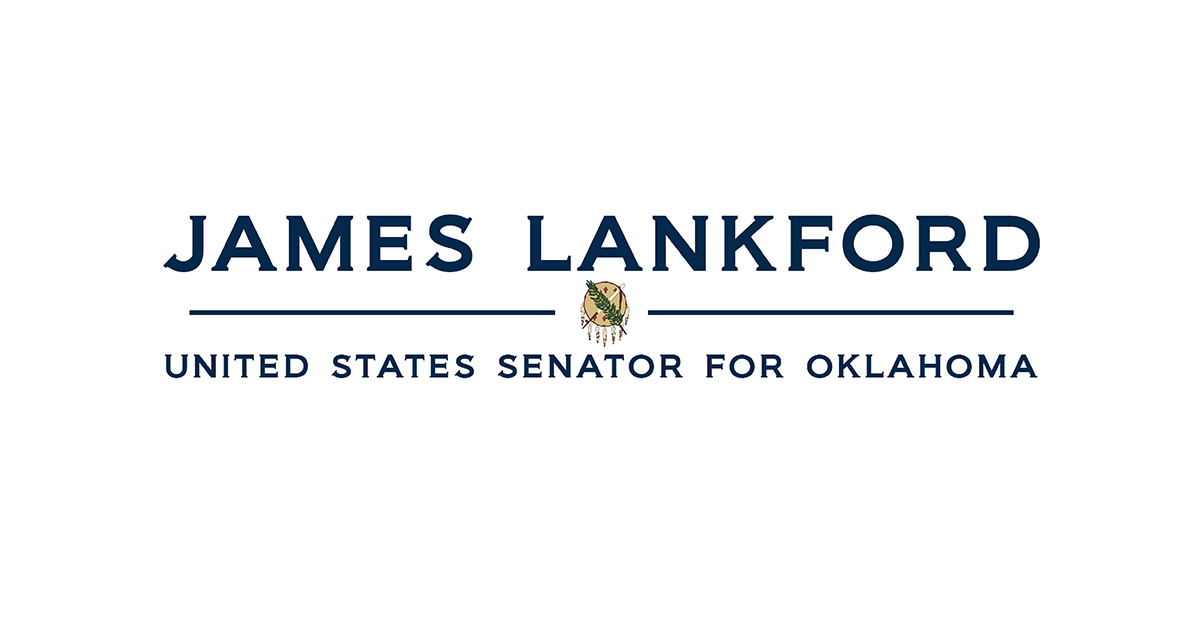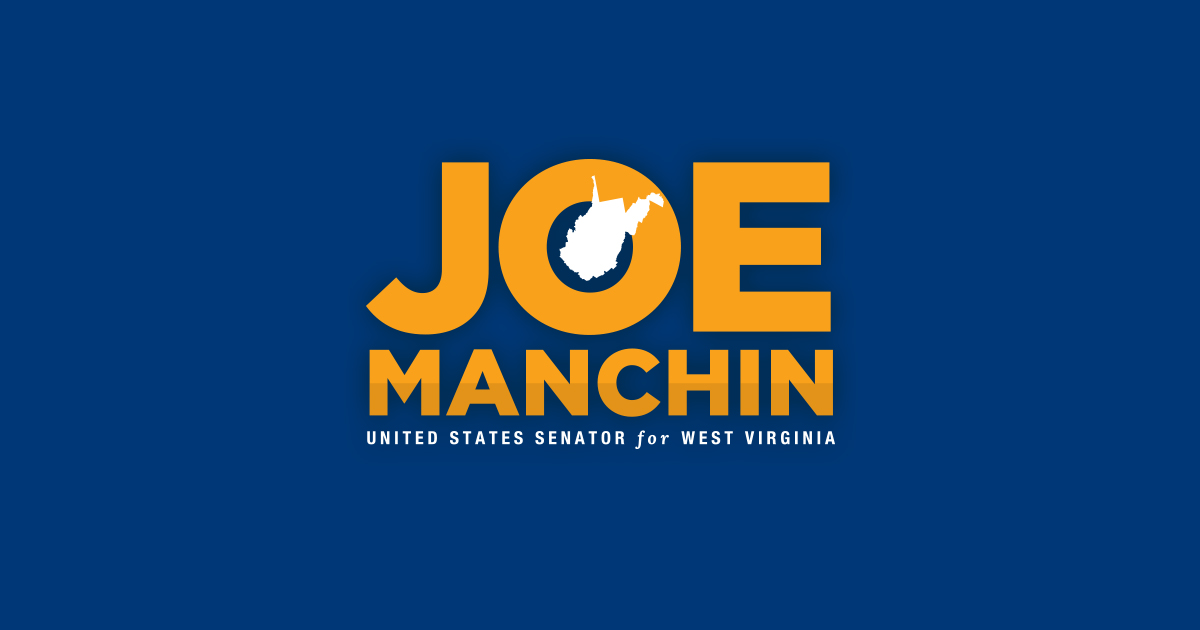Source: United States Senator for Maryland Chris Van Hollen
June 15, 2023
Today, U.S. Senator Chris Van Hollen (D-Md.) joined Senator Tom Carper (D-Del.) in a letter to Environmental Protection Agency (EPA) Administrator Michael Regan urging the agency to strengthen its proposed rule to reduce methane emissions from oil and gas production and to implement key provisions of the Methane Emission Reduction Program without delay.
The lawmakers wrote: “We strongly support the Environmental Protection Agency’s (EPA) critical work to reduce methane emissions from oil and gas production, and we encourage you to seize existing opportunities to drive sharp reductions in emissions of this potent greenhouse gas. Longstanding provisions of the Clean Air Act, together with the amendments Congress recently adopted in the Inflation Reduction Act, require EPA to implement a comprehensive program to reduce oil and gas methane emissions.
They continued: “We urge you to swiftly finalize the proposed rules, with the addition of effective requirements to end wasteful routine flaring of gas, and rapidly implement the regulatory updates and financial support required under the Methane Emission Reduction Program in the Inflation Reduction Act … Each of the facets of EPA’s work to reduce methane and other greenhouse gas emissions from oil and gas production that we have highlighted here is vital to our efforts to slow climate change.”
Senator Carper was joined in addition to Senator Van Hollen by Senators Edward J. Markey (D-Mass.), Ben Cardin (D-Md.), Sheldon Whitehouse (D-R.I.), Alex Padilla (D-Calif.), Jeff Merkley (D-Ore.), Tina Smith (D-Minn.), Martin Heinrich (D-N.M.), Angus King (I-Maine), Peter Welch (D-Vt.), Ben Ray Luján (D-N.M.), Dianne Feinstein (D-Calif.), Michael Bennet (D-Colo.), and Cory Booker (D-N.J.).
The full text of the letter is available here and below.
Dear Administrator Regan,
We strongly support the Environmental Protection Agency’s (EPA) critical work to reduce methane emissions from oil and gas production, and we encourage you to seize existing opportunities to drive sharp reductions in emissions of this potent greenhouse gas. Longstanding provisions of the Clean Air Act, together with the amendments Congress recently adopted in the Inflation Reduction Act, require EPA to implement a comprehensive program to reduce oil and gas methane emissions. This comprehensive program is a three-pronged stool with: (1) rules to limit emissions; (2) a waste emissions charge; and (3) financial support and incentives for methane mitigation and monitoring by affected communities and industry. We urge you to swiftly finalize the proposed rules, with the addition of effective requirements to end wasteful routine flaring of gas, and rapidly implement the regulatory updates and financial support required under the Methane Emission Reduction Program in the Inflation Reduction Act.
As you know, deep reductions in methane emissions – which are over 80 times more powerful than carbon dioxide over the near term – are key to slowing climate change in this critical decade. Fortunately, EPA has the necessary tools to achieve these reductions. Section 111 of the Clean Air Act requires EPA to set new source performance standards and existing source guidelines for greenhouse gas emissions from new and existing oil and gas production activities. In addition, new Clean Air Act section 136 establishes the Methane Emission Reduction Program. This program directs EPA to implement a waste emissions charge on methane emissions from oil and gas production. It also requires EPA to update the existing Greenhouse Gas Reporting Rule for oil and gas production – which provides the basis for assessing the waste emissions charge – to ensure more accurate quantification and reporting of methane emissions. No less critical is EPA’s responsibility to distribute the $1.5 billion of funding for methane mitigation and monitoring and to address legacy pollution, which is provided in the incentives portion of the Methane Emission Reduction Program. All three of these elements work together – the incentives will help drive early emissions reductions, which will help companies lower or avoid the applicable charge near term and later meet the greenhouse gas standards. Once the greenhouse gas emissions standards are fully in place, oil and gas facilities that are complying with the standards are exempt from the waste emissions charge under the Methane Emission Reduction Program.
Greenhouse Gas Emissions Standards
EPA issued initial and supplemental notices of proposed rulemaking on November 15, 2021, and December 6, 2022, respectively, to update and adopt new standards for new and existing oil and gas production operations under Clean Air Act section 111. With one critical exception – the provisions on flaring of associated gas (gas produced at oil wells) – the proposals lay out an effective and ambitious set of requirements that will substantially cut oil and gas emissions of methane, as well as volatile organic compounds (VOCs), which harm human health by driving smog formation. We commend these proposed requirements and encourage EPA swiftly to finalize the proposal, without any weakening changes and with appropriate improvements to increase its effectiveness, as recommended in public comments.
With respect to flaring, however, we believe that the approach proposed in the supplemental notice is insufficient to meet the requirements of section 111. It would also allow continued massive volumes of methane and carbon dioxide emissions from wasteful flaring of saleable gas resources. In 2022, according to the World Bank, U.S. oil and gas producers flared 8billion cubic meters of gas – roughly enough to supply all Delaware and Pennsylvania households that year. This flaring produced an estimated 22.4 metric tons of CO2-equivalent greenhouse gases, equivalent to the annual emissions of almost 50 million cars. The industry itself recognizes that routine flaring (flaring used to dispose of associated gas produced at oil wells, which is the majority of flaring in the U.S.) is unnecessary and wasteful, with 54 oil and gas companies to date pledging to end routine flaring by 2030. In fact, company reports indicate that Oxy has already eliminated routine flaring from U.S. operations, and ExxonMobil announced that it has ended routine flaring in the Permian Basin. EPA’s standards must strictly limit venting and flaring, and end routine flaring as a means of handling associated gas.
Section 111 of the Clean Air Act requires EPA to set new source performance standards based on the degree of emissions reductions that can be achieved by the “best system of emissions reduction,” taking costs and other factors into account. Since natural gas is a saleable resource, capturing and using the natural gas, or reinjecting it, is clearly preferable to burning it off as a waste product, and routine flaring cannot be the “best system of emission reduction.” Accordingly, in the supplemental notice, EPA proposed to allow flaring of associated gas only when “it is not feasible to route the associated gas to a sales line or use it for another beneficial purpose due to technical or safety reasons.” Unfortunately, the proposed regulation would make the limitation unenforceable by allowing the operator essentially to self-certify that putting the gas to productive use is infeasible. State oil and gas regulations typically already prohibit “waste” of gas without reason, but have, in most states, manifestly failed to prevent widespread routine flaring. Thus, EPA’s proposal would merely enshrine the status quo in federal regulation, allowing the massive greenhouse gas emissions from flaring to continue unabated.
In contrast to the proposed approach, states such as Colorado and New Mexico have adopted enforceable flaring limits by broadly prohibiting venting and flaring, subject to narrowly defined exemptions available only for short-term, temporary flaring. In other words, the regulations, not the operator, specify the circumstances in which sale or other beneficial use may not be feasible. For example, these state regulations allow flaring during short-term emergency conditions, during specified testing and maintenance activities, and when the natural gas does not meet pipeline specifications. In comments on EPA’s proposal, bp, Oxy, and Pioneer all encouraged EPA to clarify the narrow circumstances under which flaring could occur. Defining the limited circumstances in which flaring is allowed effectively prohibits wasteful routine flaring, and it provides the clear fact-based criteria necessary for effective enforcement. We urge EPA to adopt this approach in the final rule.
Methane Emission Reduction Program Regulations
EPA will likely need to complete two regulatory updates to implement the Methane Emission Reduction Program. Clean Air Act section 136(h) directs EPA, by no later than August 16, 2024, to revise the Greenhouse Gas Reporting Rules for oil and gas production to ensure that reporting, and the methane charge based on that reporting, are based on “empirical data” and “accurately reflect the total methane emissions and waste emissions from [production facilities].” The updated regulations must also allow owners and operators to submit empirical data to EPA for purposes of reporting emissions and calculating the methane charge. In addition, various details of program implementation likely will need to be spelled out in regulation, such as how and when operators must pay the methane charge and how to determine whether specified exemptions apply.
The deadline for the regulatory updates to the Greenhouse Gas Reporting Rules is only about 14 months away, and beginning sometime in 2025, operators will be required to pay the charges for excess methane emitted in calendar year 2024. Given these timeframes, we urge EPA to propose all needed regulatory updates as soon as possible.
Methane Emission Reduction Program Funds
The Methane Emission Reduction Program also provides $1.5 billion of funding to incentivize methane mitigation and monitoring. This will help industry quickly reduce methane emissions, improve emissions monitoring, and comply with the regulatory requirements of the fee and the section 111 standards. This funding will also help communities monitor methane pollution and it will incentivize the clean-up of oil and gas legacy pollution in communities – especially low-income and disadvantaged communities. About half of the funding, $700 million, is intended to be focused specifically on cleaning-up and plugging marginal conventional wells.
Congress appropriated this funding in fiscal year 2022 and intended EPA to disperse it as swiftly as possible, consistent with responsible management of the funds, before the methane fee is implemented. Moving quickly to deploy these funds will be good for the environment, public health, and the economy. For example, providing funds for properly decommissioning and plugging marginal conventional wells would help industry cost-effectively cut emissions, provide additional well-paying jobs for oil and gas workers, and reduce methane and other air pollution in nearby and downwind communities. We are deeply concerned that EPA has yet to solicit requests for funding applications under the Methane Emissions Reduction Program and strongly urge EPA to begin to make the funds available this summer.
In closing, each of the facets of EPA’s work to reduce methane and other greenhouse gas emissions from oil and gas production that we have highlighted here is vital to our efforts to slow climate change. We thank you for carefully considering our views on these matters and for your dedicated work to address the climate crisis and protect public health.
Sincerely,
